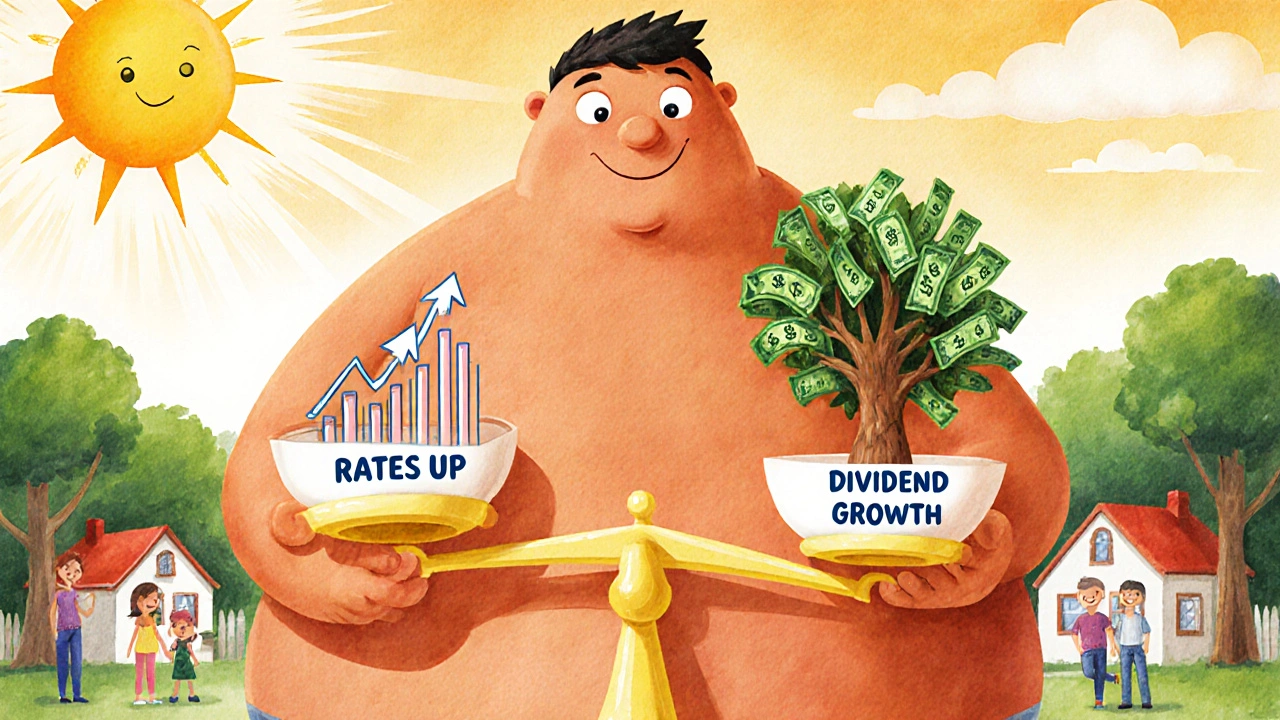Interest Rates: How They Shape Your Investments and Returns
When you hear interest rates, the cost of borrowing money set by central banks and market forces. Also known as benchmark rates, they're the invisible hand behind every loan, bond, and savings account. It’s not just about what banks charge—it’s about how your money grows, shrinks, or stays stuck. If you own bonds, hold REITs, or even keep cash in a high-yield account, interest rates are already working for or against you.
Take floating-rate notes, bonds whose interest payments adjust as benchmark rates change. When the Fed hikes rates, these notes pay more—unlike traditional bonds that lose value. That’s why they’re a go-to tool when rates are rising. Then there’s mortgage REITs, companies that earn income from home loans and pay high dividends. But their profits depend on the spread between borrowing costs and loan rates. When interest rates climb too fast, that spread collapses—and so do their payouts. And don’t forget bond investing, the practice of lending money to governments or corporations in exchange for regular interest payments. Most bond funds drop when rates rise because older bonds with lower yields become less attractive. But if you understand timing and duration, you can turn volatility into opportunity.
Interest rates don’t just move markets—they change behavior. Savers wait for better yields before locking in. Investors shift from stocks to income assets. Companies delay expansions because borrowing gets expensive. And if you’re holding cash, you’re not just sitting idle—you’re missing out on what those rates could be earning you. The key isn’t predicting the next rate hike. It’s building a portfolio that doesn’t break when they come. That means knowing which assets rise with rates, which fall, and which just sit there waiting for a sign.
Below, you’ll find real breakdowns of how interest rates affect everything from your bond holdings to your dividend income. No theory. No fluff. Just what works when rates climb, stall, or crash. Whether you’re managing a portfolio, chasing yield, or just trying not to lose money, these posts show you exactly how to adapt.



